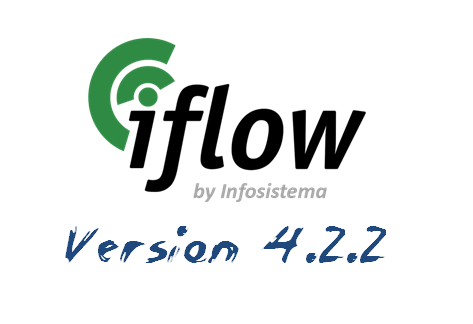This article highlights the importance that system integration capabilities should play when selecting a BPMS. Integration is often the largest challenges in transforming business processes and can often present one of the most difficult barriers to delivering rapid success.
Few business processes live out their life within a single system. Consider the example of winning a new customer, on-boarding them, delivering a service and gaining payment. It is not uncommon to find the following systems involved in supporting these processes:
- Electronic Content Management for storage of document (ECMS),
- Customer relationship management (CRM) for lead and customer data,
- Internally hosted specialist business support systems such as accounting systems,
- Cloud based services,
- Supplier or partner hosted systems.
(…)
“Out of the Box” Capabilities
The first area to consider is the “out of the box” integrations the BPMS comes equipped with. It is almost impossible to find a BPMS that does not offer integration with at least one major system, with connectors to ECMS, CRM and email systems most prevalent.
The key is to understand just what functionality is exposed via the connector. Does it allow updating of data in the remote system, or simply to read data? Can it react to events and launch processes automatically, such as someone checking a document into the ECMS triggering an approval process? It is also important to understand if the remote system can easily initiate workflow within the BPMS.
(…)
Ability to Integrate Using API’s and Database Functionality without Writing Code
Despite the growth of the cloud, the significant challenge for many organizations implementing a BPMS is to integrate with internally hosted systems. These are often specialist systems which are industry specific, and are unlikely to come with connectors to any BPMS.
Traditional integration with these systems tends to focus on developing software that will take advantage of exposed API’s or database stored procedures. It is important to know that the proposed BPMS will make this possible. Ideally, it will be feasible to interact with the API’s and database procedures via wizards within the BPMS.
(…)
Extensibility using Code
There will of course be occasions where integration is only possible through bespoke code. Once again it is important to understand how your BPMS will support executing your own custom code.
Will it execute within the BPMS, adding to the audit trail, or will it execute as a stand-alone application outside of the main product? Will you have options to execute code in your chosen language or are you restricted to a basic scripting language?
(…)
Connecting to Third Party and Cloud Based Services
It is becoming almost impossible to avoid utilizing cloud based services in delivering an IT Strategy. Whether it is sending SMS, creating a customer survey or finding a secure way to transfer data between suppliers or customers, the cloud offers cost effective solutions which cannot be ignored.
This means that the BPMS being selected must also have an awareness of the cloud and an ability to work within that framework. A key consideration is to review how straight forward it is to consume web services without having to write code. If the BPMS offers a code free mechanism to consume these services then the integration possibilities are greatly extended.
It is also worth understanding if the out of the box integrations are cloud enabled. Does a BPMS claiming to be integrated with SharePoint work with Office 365, or does it only work with private implementations? Finding the answer to this post procurement could result in an expensive mistake.
Summary
A BPMS rarely lives in isolation from other systems. In order to deliver rapid projects which achieve the benefits of process automation, transparency and cost reduction it is vital to select a BPMS with strong integration capabilities.
Within this article I have outlined four integration areas to consider when selecting the most appropriate BPMS for your organization.
 iFlowBPM solution has been increasing the number of partnerships around the world. From now on iFlowBPM can count with one more partner, at this time in Spain – Ibermática.
iFlowBPM solution has been increasing the number of partnerships around the world. From now on iFlowBPM can count with one more partner, at this time in Spain – Ibermática.





